The Lunatic Express – A photo essay on the Uganda railway.
(Reproduced with courtesy of Tayiana chao – TheeAgora.com)
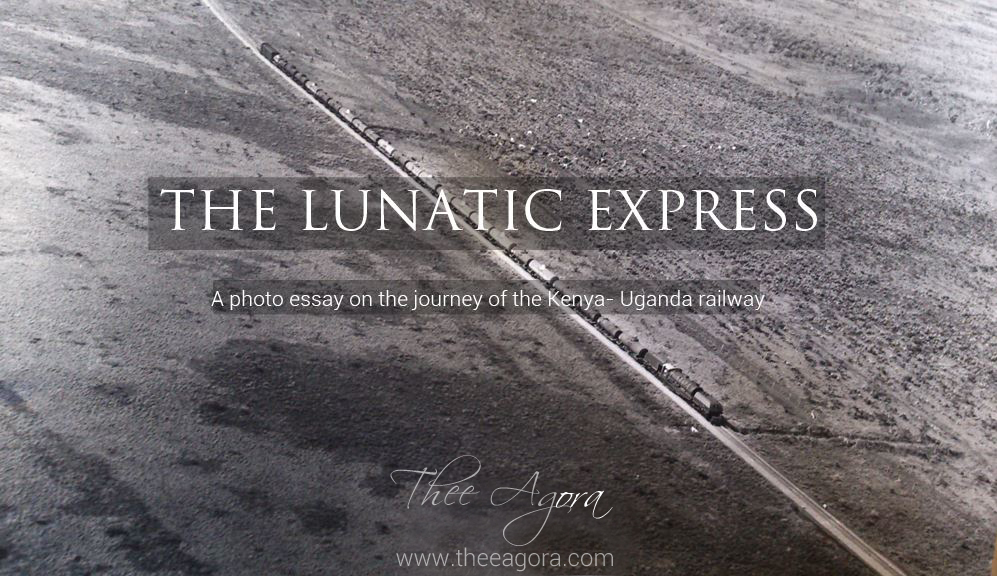
The term Lunatic Express was coined by Charles Miller in his 1971 book The Lunatic Express: An Entertainment in Imperialism . Now, more than 3 decades since its conception , no other term could best describe The Uganda Railway and the adversities that befell its construction.
The railway was a purely strategic endeavor having been built by the British to protect their interests in Uganda from the Germans. As is evident, it was named after its ultimate destination (Uganda ) despite the fact that all 660 miles of it lay in what is today Kenya.
Building of the railway commenced in 1896 at the port of Mombasa and two years later the first passenger train left Mombasa for Voi. Construction was finally completed at the port of Kisumu ( Port Florence) on the 20th of December 1901.
From Mombasa to Nairobi ….
Perhaps the most difficult part of the railway‘s construction was the 330 miles that lay between Mombasa and Nairobi . A section that was plagued by untold misfortune among them; diseases, drought , desertions and most infamously man eating lions …
George Whitehouse chief engineer of the Uganda railway
Whitehouse arrived at the port of Mombasa on the 11th of December 1895 . He had previously been involved in the construction of railways in England, South Africa , South America and India but none of them would match up to the difficulties that would be faced in building a railway across East Africa.
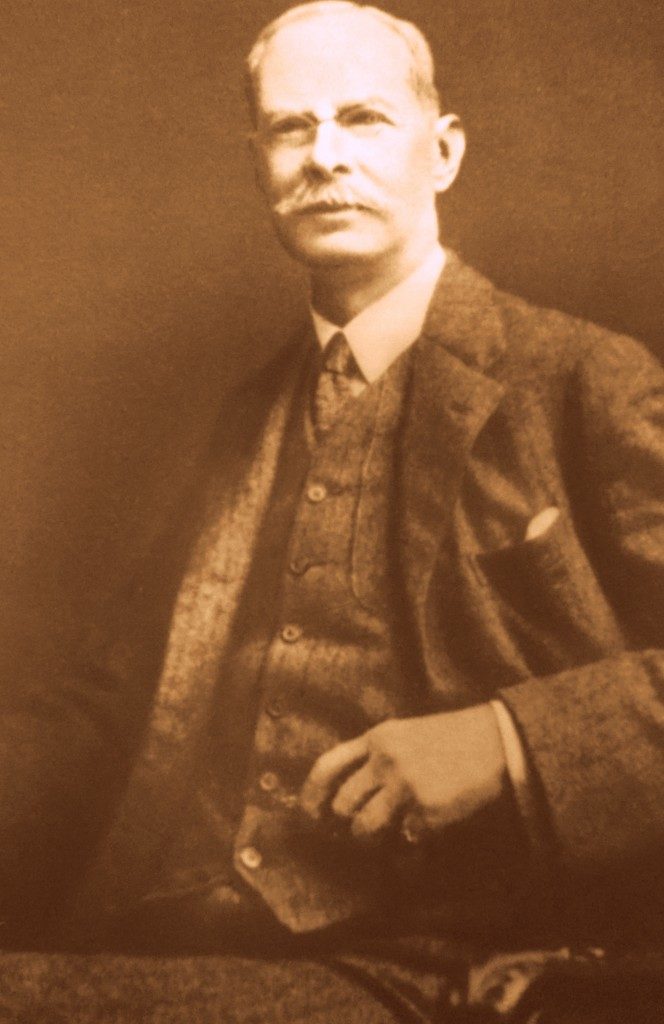
Official plate laying ceremony
Railway officials and government dignitaries attend a ceremony to mark the laying of the first plate of the Uganda Railway on 30th May 1896 .
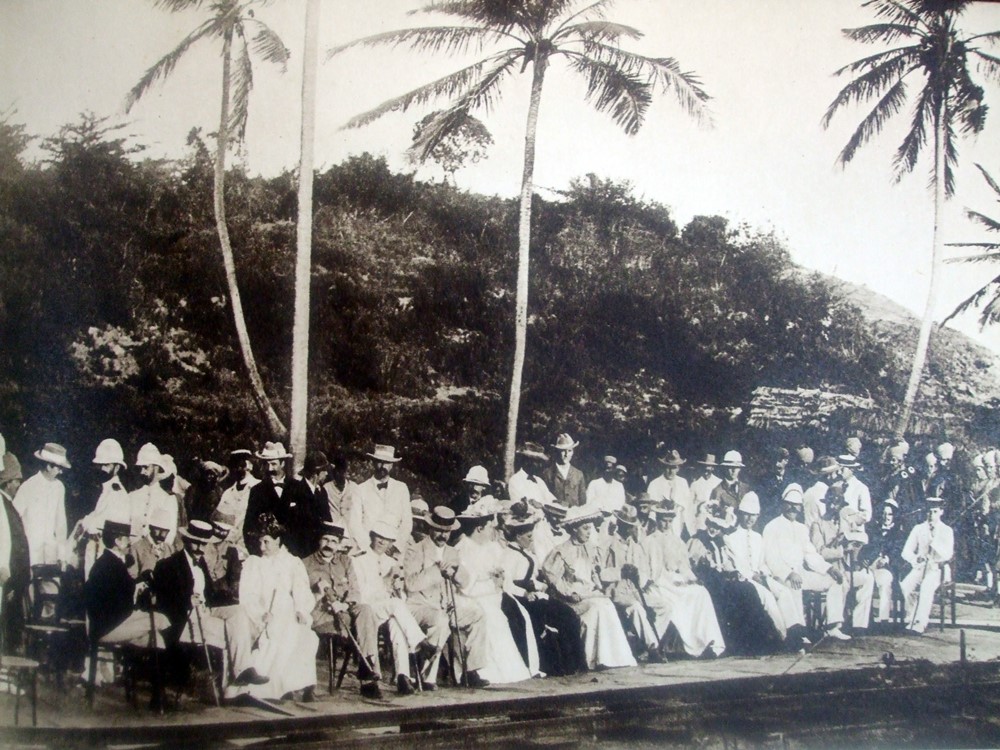
Off loading of locomotive boilers at Kilindini harbour.
Most of the first engines were imported second hand from India.

A sikh railway employee and his son.
The first batch of 350 laborers arrived in Mombasa from India on January 24th 1896 and by March of 1897 close to 4,000 workers had been recruited .
The main reason why most of the railway workers came from India was that no other country would provide so vast and competent a group of engineers, artisans and laborers who were already well accustomed to the tropical conditions.
In all 31,983 Indians were recruited to build the railway : 6,724 exercised their option to remain and work in the protectorate once the construction of the railway was over, 2,000 of whom were employed to work in the railway departments.
Mile 6, Changamwe Railway Station
Was the first mainland station to be opened on Dec 15 , 1897 .

Getting to Voi.. mile 100
Team of railway workers at a cutting near Voi
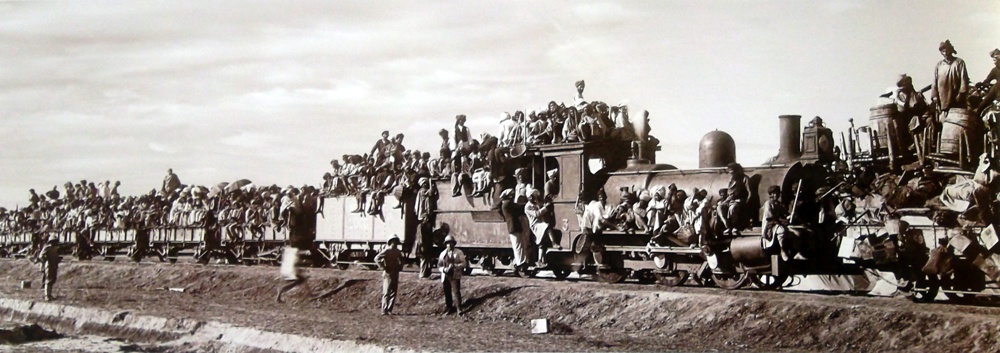
In 1897 the railhead reached Voi mile 100 .Voi railway station was one of the most strategic points between Mombasa and Nairobi as it had engine changing facilities and also served as the junction for the route that went further down to the Kilimanjaro ( Tanganyika )
Voi marshalling yard
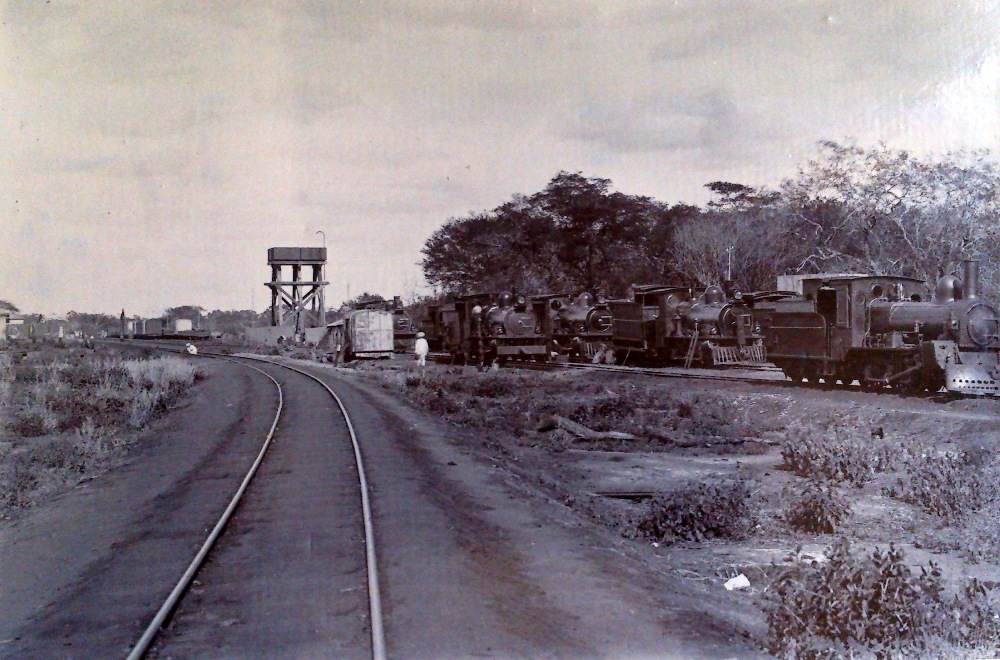
Crossing Voi river.
Voi river was the first decent supply of fresh water after Mombasa . It was a relief for the men who had just crossed the Taru desert where they were entirely dependent on water supply by water trains that were often late or derailed , causing them to somtimes go for days without water.

However, in as much as the water problem was squarely out of the way , a more notorious problem was soon to materialize. After Voi, came Tsavo which was approximately 132 miles from Mombasa. At the camps in Tsavo, men mysteriously begun to disappear from camps in the dead of night.
The man eaters of Tsavo
One of the first people to fall victim to the ferocious man eating lions was a Sikh Jemadar by the name Ungan Singh and it was his death that brought the intensity of the lion threat to light. Singh who was dragged from his tent in the dead of night had been kept in charge of Colonel Patterson‘s well being and shared a tent with 5 other men, one of who witnessed the entire ordeal.
The picture blow shows the tent from which Ungan Sing was taken .
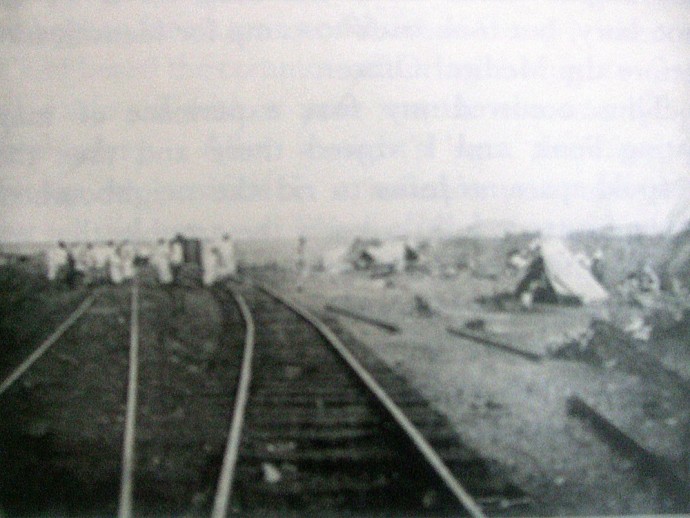
The colleague who witnessed the ordeal described how at around midnight the lion put his head through the open tent door and took hold of Ungan who was lying closest to the opening. He then heard Singh scream “Choro! (let go ) and next minute he was being dragged out of the tent and into the woods. The next morning Patterson is quoted
I was aroused at daybreak and told that one of my jemadars, a fine powerful Sikh named Ungan Sing had been seized in his tent during the night and dragged off and eaten ……On reaching the spot where the body had been devoured, a dreadful spectacle presented itself, The ground all round was covered with blood, and morsels of flesh and bones, but the unfortunate jemadars head, remained intact…
Colonel J.H Patterson
After the unfortunate death of nearly 28 men, Patterson eventually hunted down the lions killing the first one on 9th December 1898 And the second one 20 days later.
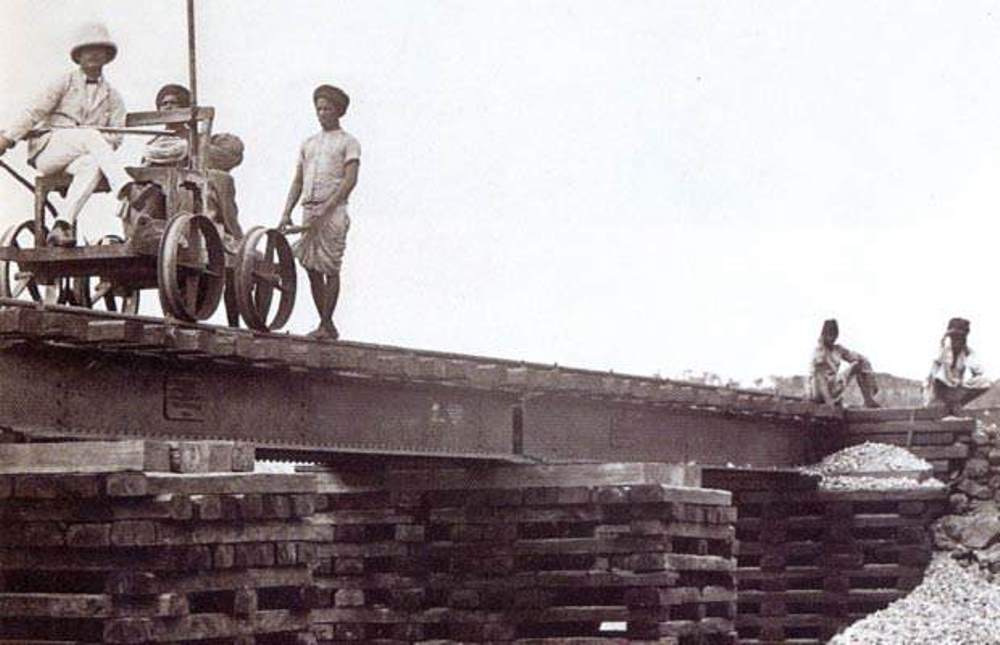
To date the lions remain a popular exhibit at the Chicago‘s Field Museum of Natural History and have since been the subject of three Hollywood films . Efforts by the government and the National Museum of Kenya to bring them back to the country have since failed.
Building of the infamous Tsavo bridge
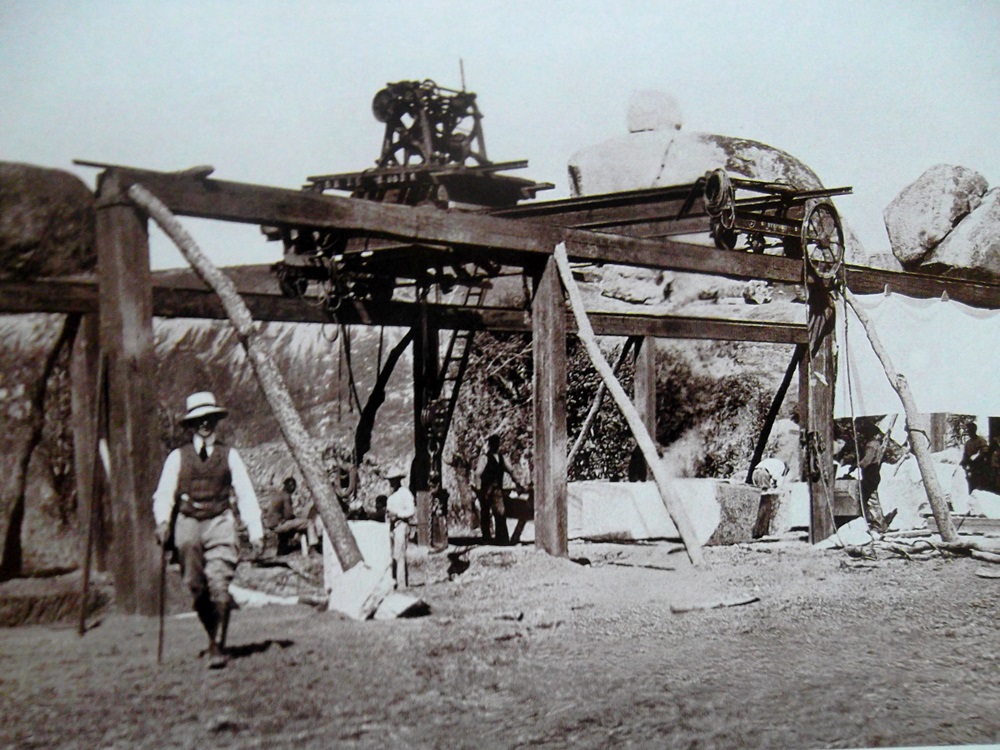
Tsavo Railway station
A battalion of the Kings‘s African Rifles standing outside the Tsavo Railway Station during World War 1 ..
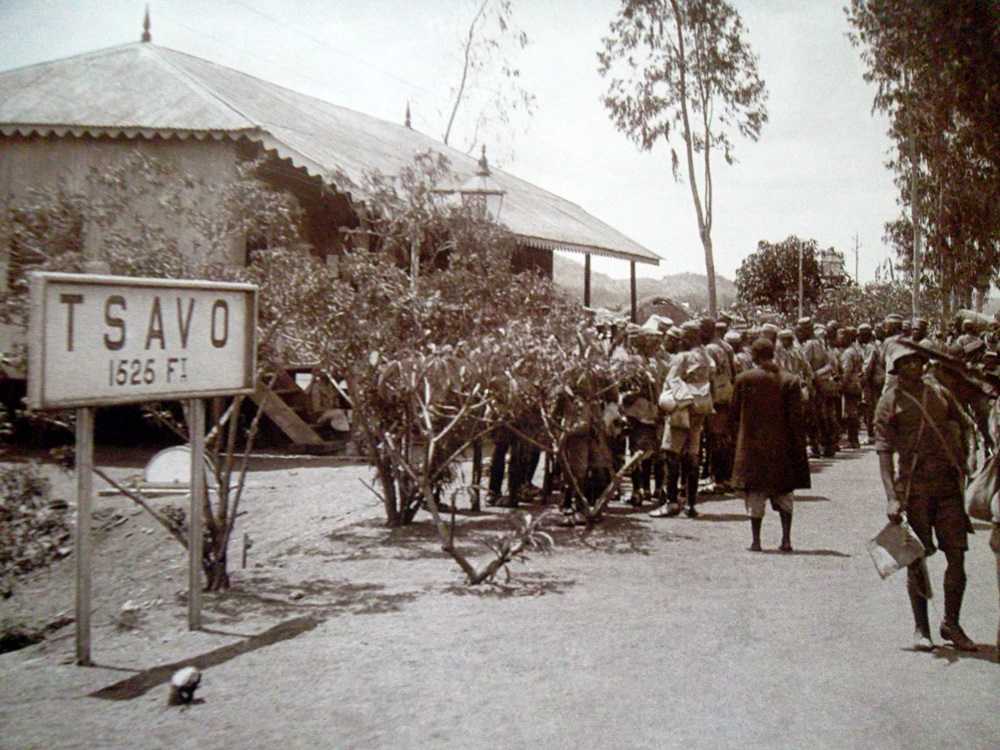
Sultan Hamud
In 1898 Sultan Seyyid Hammoud ibn Mohammed , the sultan of Zanzibar was invited to inspect the work on the railway. He took the train from Mombasa up to the temporary railhead camp where the railway had so far reached. To commemorate the occasion , the camp was named Sultan Hamud. To date, the town retains this misspelt version of his name
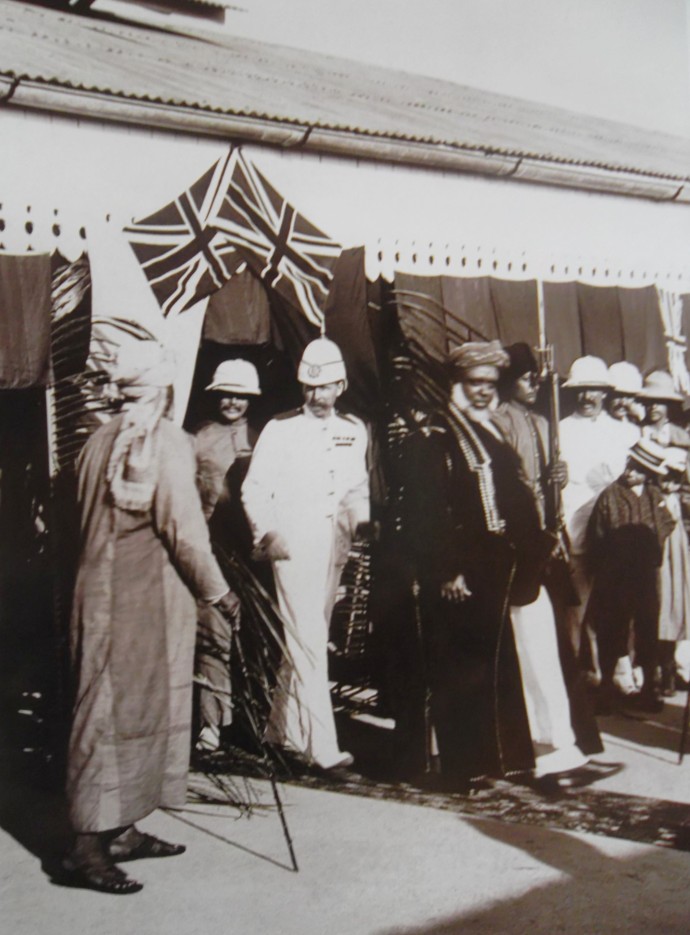
Makindu Marshalling Yard …Mile 207
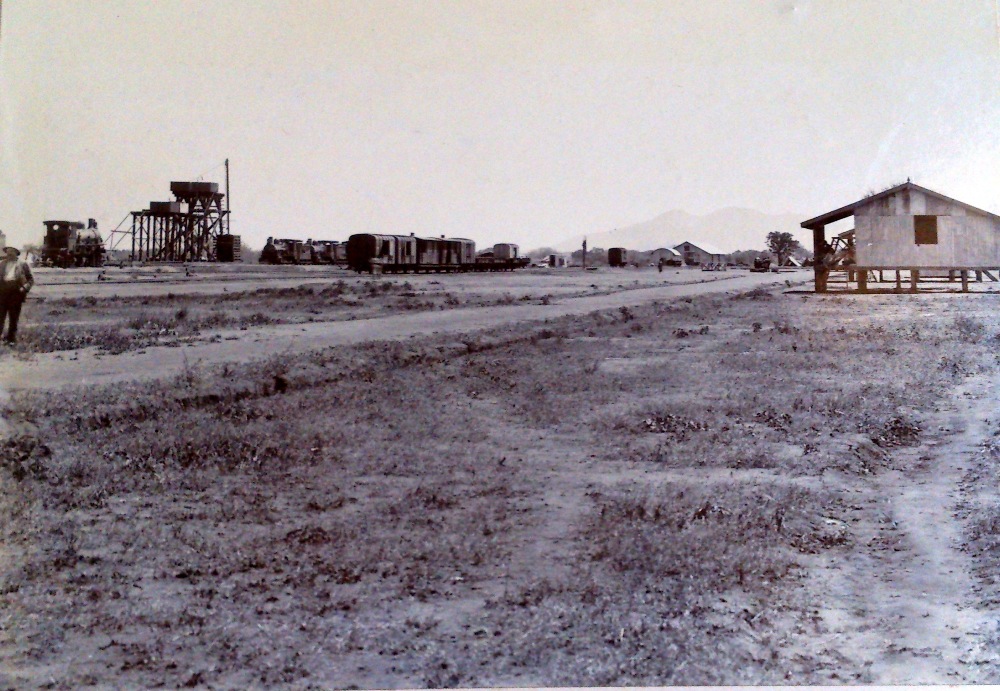
Other stations between Mombasa and Nairobi include: Mtito Andei , Emali , Kibwezi , Masongaleni , Kima , Kiu , Konza and many others
Getting to Nairobi ..mile 326
By 1899 railhead had reached Nairobi which at the time was nothing more than a seasonal swamp . A railway depot was built in the same year and from these humble beginnings a city was born.
The picture below shows the entire railway estate with the railway houses and offices on the left, the station in the centre background and the railway workshops on the right.
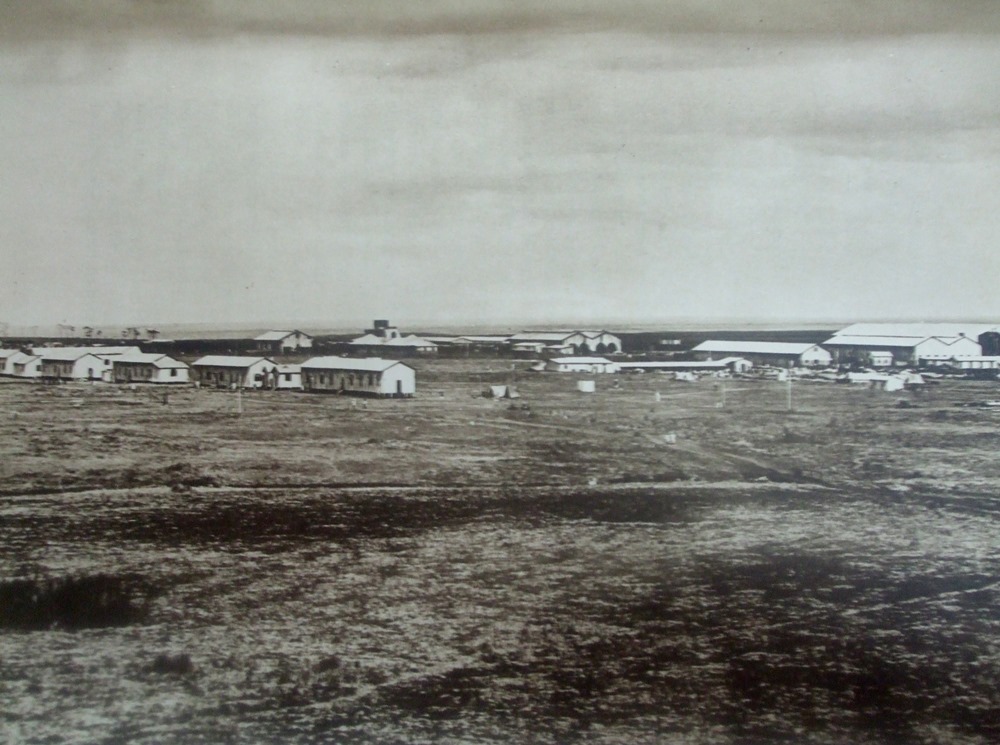
Old Railway Headquarters 1898
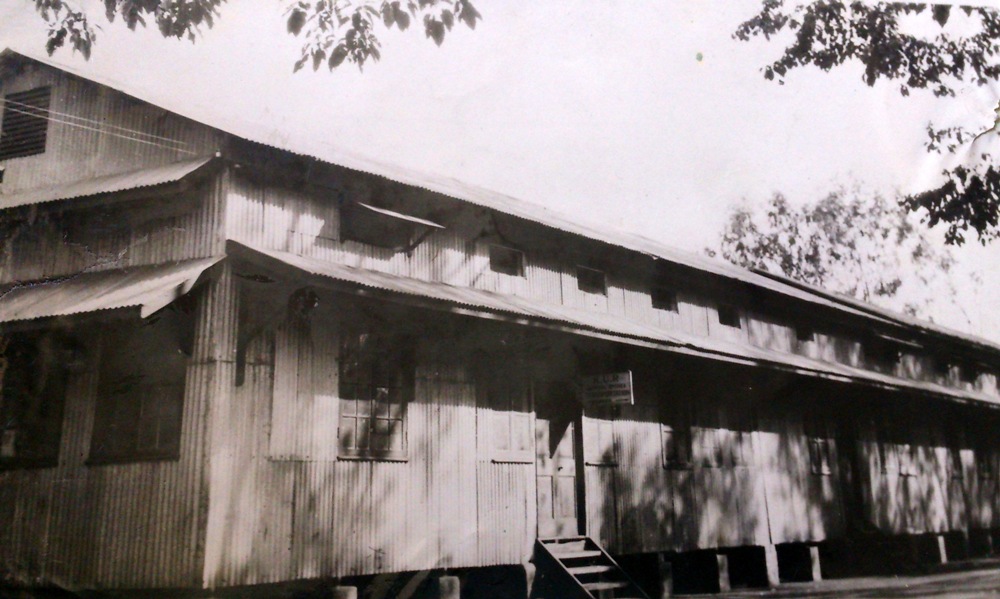
Train leaving the Nairobi Station 1900
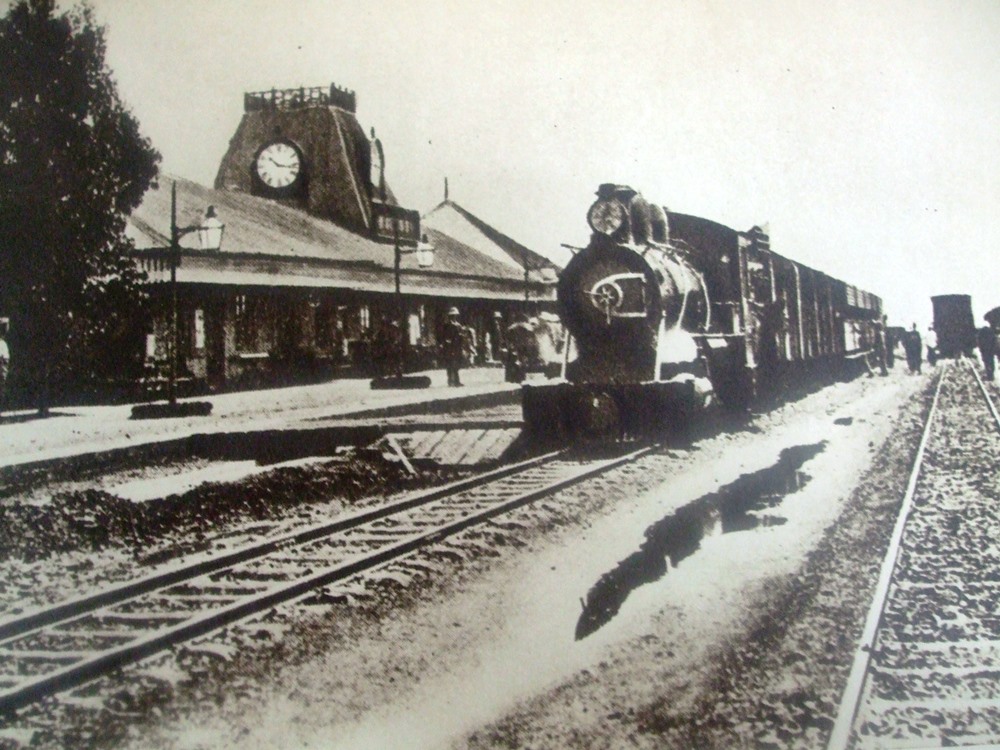
Opening of the new Railway Headquarters building 12/7/1929
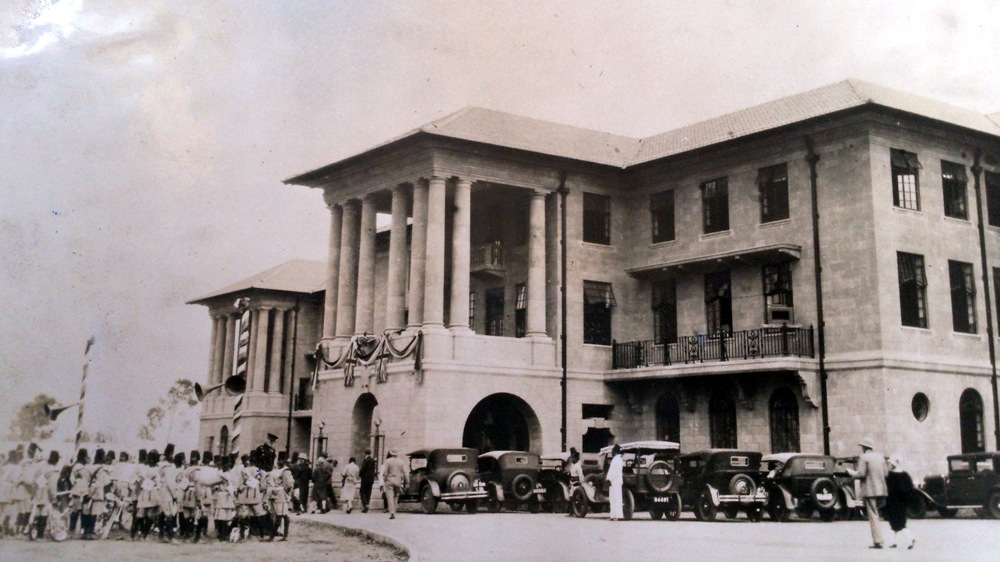
Railway employees boarding a train at the Nairobi Railway Station

Mr David Kikwau, first African Steward in charge of the upper classs and lowers class buffet wagons
He was 26 years old at the time of his appointment
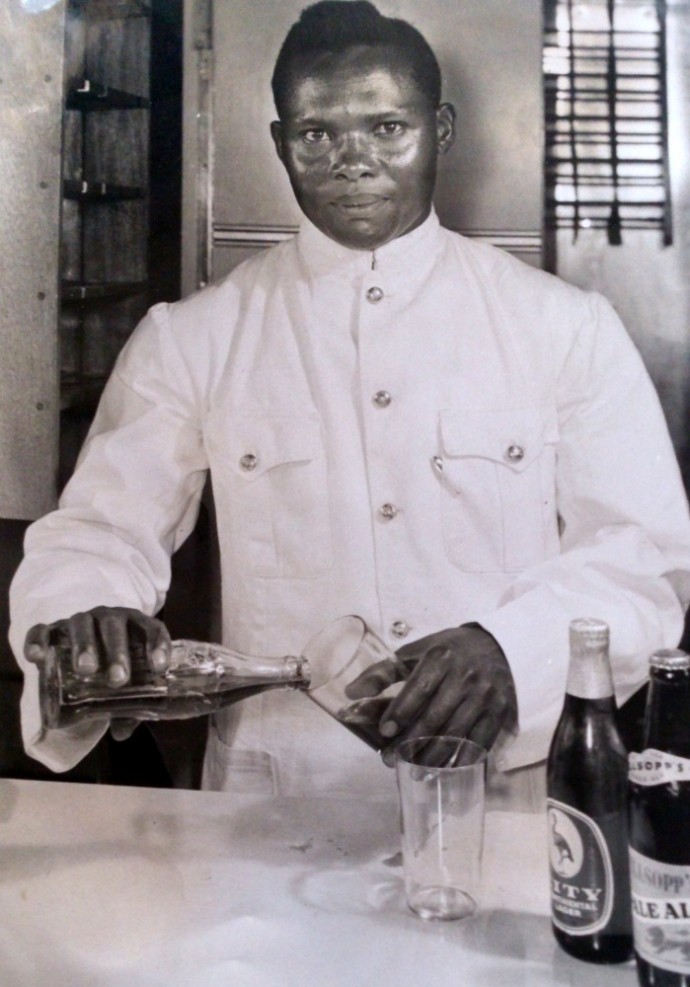
Interior of the upper class buffet wagon
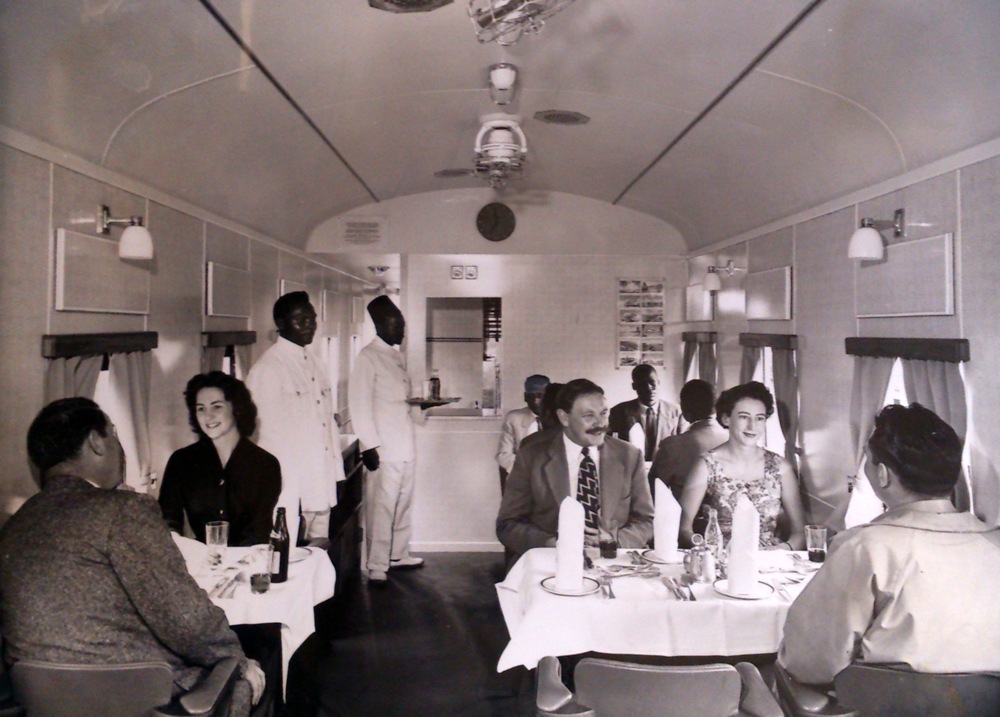
Poster Board at the Nairobi Railway Station circa 1960‘s
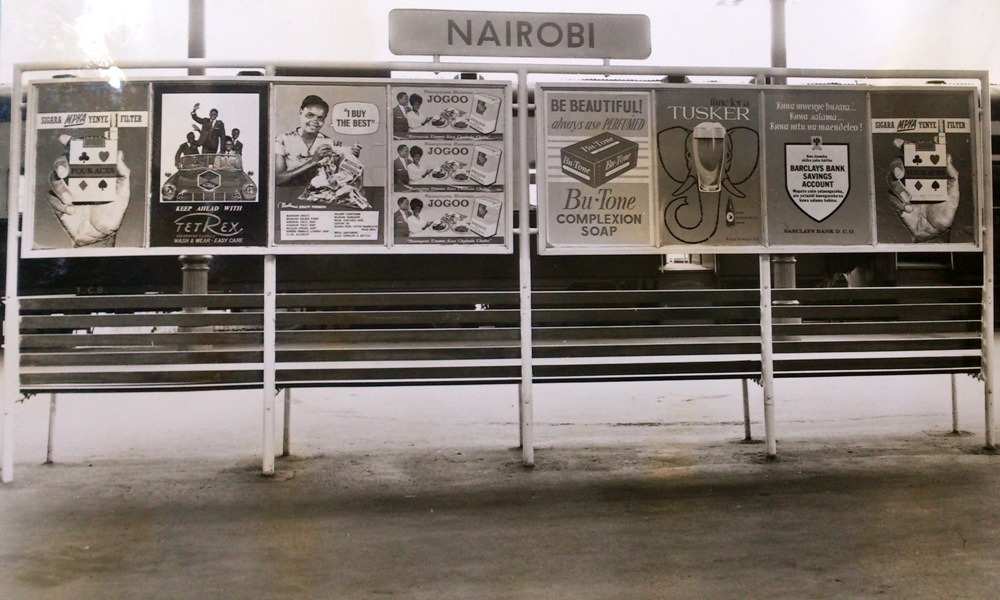
From Nairobi to the lake…..
The journey from Nairobi to the lake was not as tumultuous as the first half (Mombasa to Nairobi) . For one, the area was characterized by favorable climatic conditions, and food & water rations were found in plenty. Occasional setbacks included delays in bringing of supplies and track washaways , but this would only hamper construction for a couple of days and then work would resume.
Kikuyu Station
Twenty miles or so beyond Nairobi , railway officers established a temporary base in Kikuyu while they supervised work on the laying of the track down at the rift valley escarpment
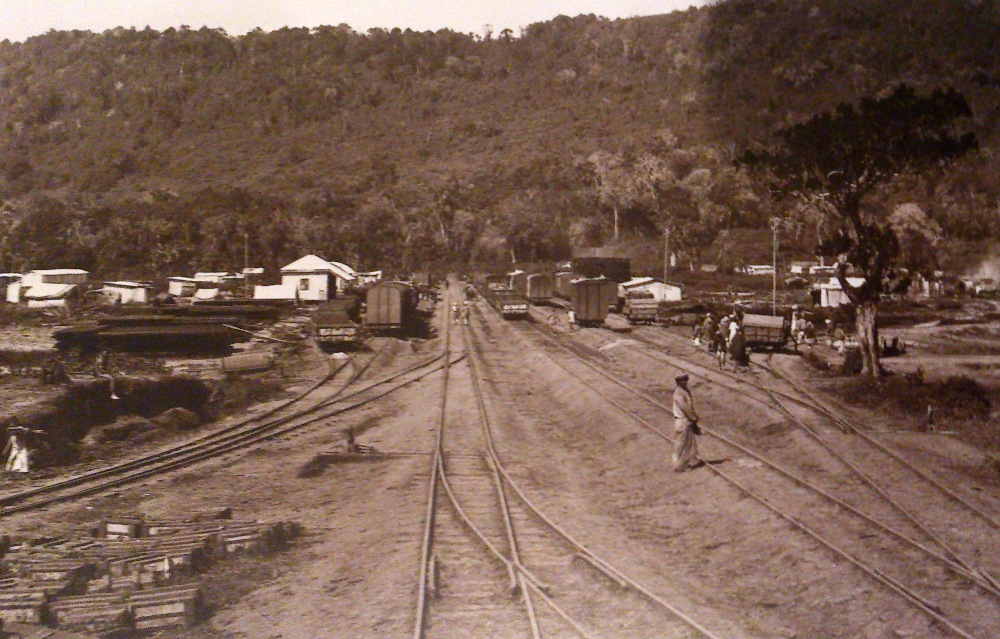
Gilgil Station Yard ..Mile 407, 1900
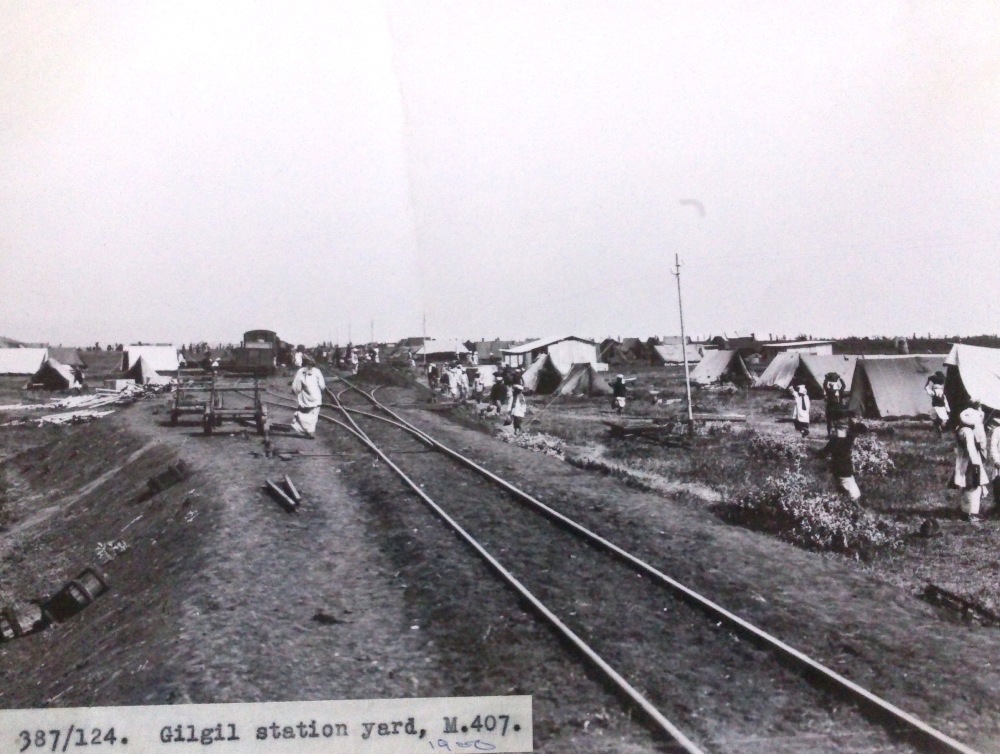
Nakuru Station and Marshalling Yards ..Mile 426
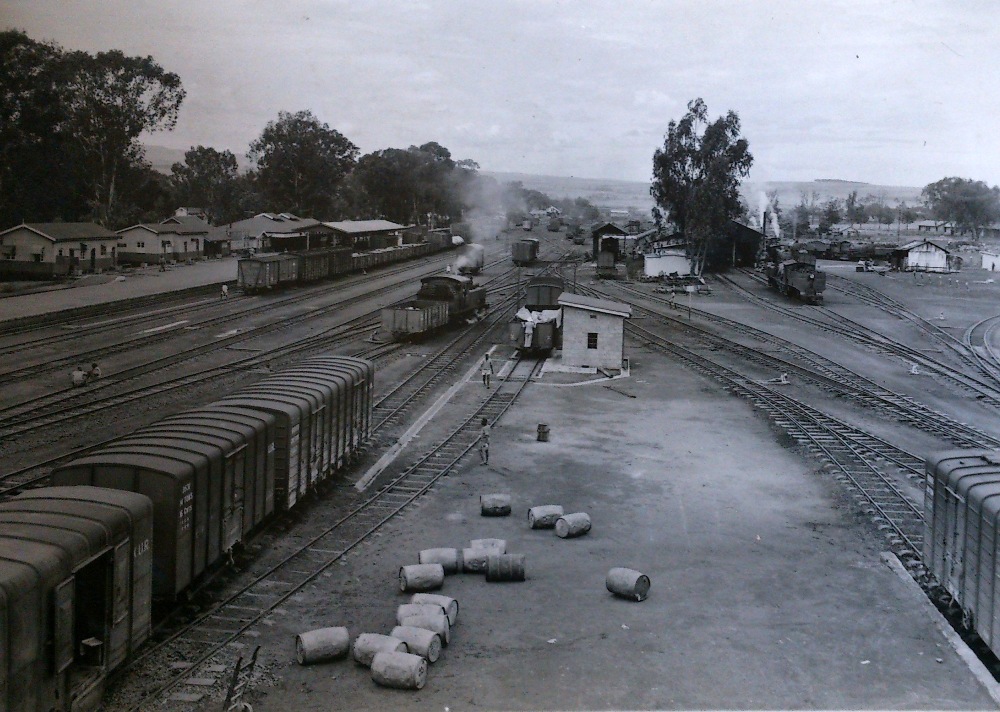
New Nakuru Railway Station
Opening of the Nakuru Railway Station 14th June 1957 by the then Governor of Kenya Sir Eveleyn Baring
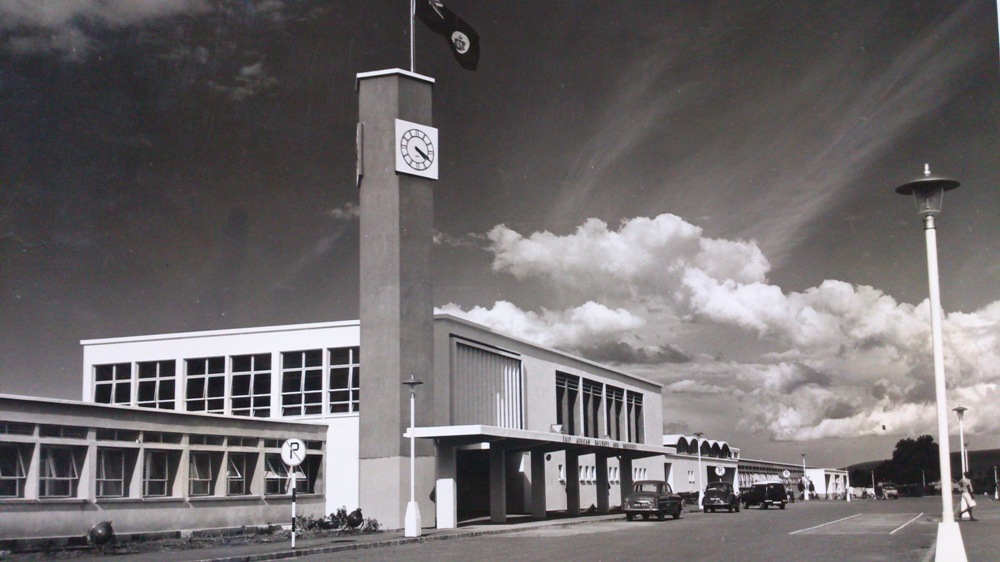
Kitale Railway Station 1929
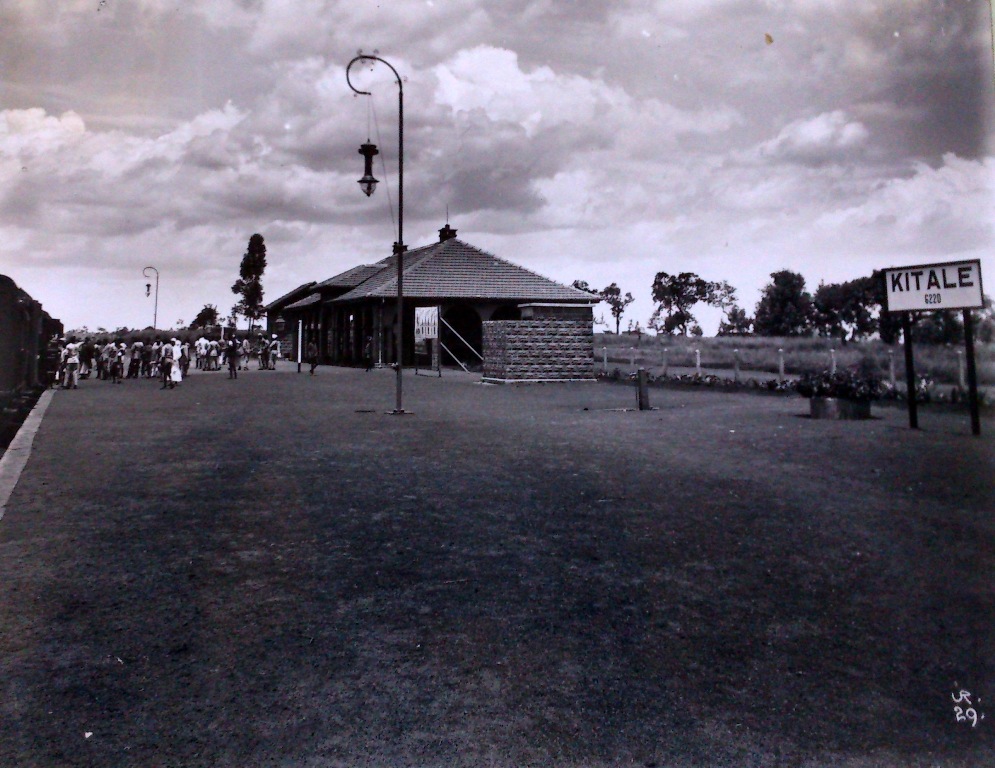
Other stations between Nairobi and Kisumu included Molo, Londiani , Elburgon , Kijabe , Naivasha , Mau Summit and many others
End of the line.. Getting to Kisumu, Mile 660
On 20th December 1901, Lord Salisbury, the British Prime Minister, received a telegram informing him that the rails of the Uganda railway had reached the shores of Lake Victoria. The sender of the telegram was George Whitehouse
The end of the line.
Railhead finally reached Lake Victoria (930 km from Mombasa on 19th Dec 1901) at a point named Port Florence after Florence Whitehouse. The picture below shows Ronald Preston‘s wife, ( also called Florence ) driving the last sleeper key in , at approximately 4pm
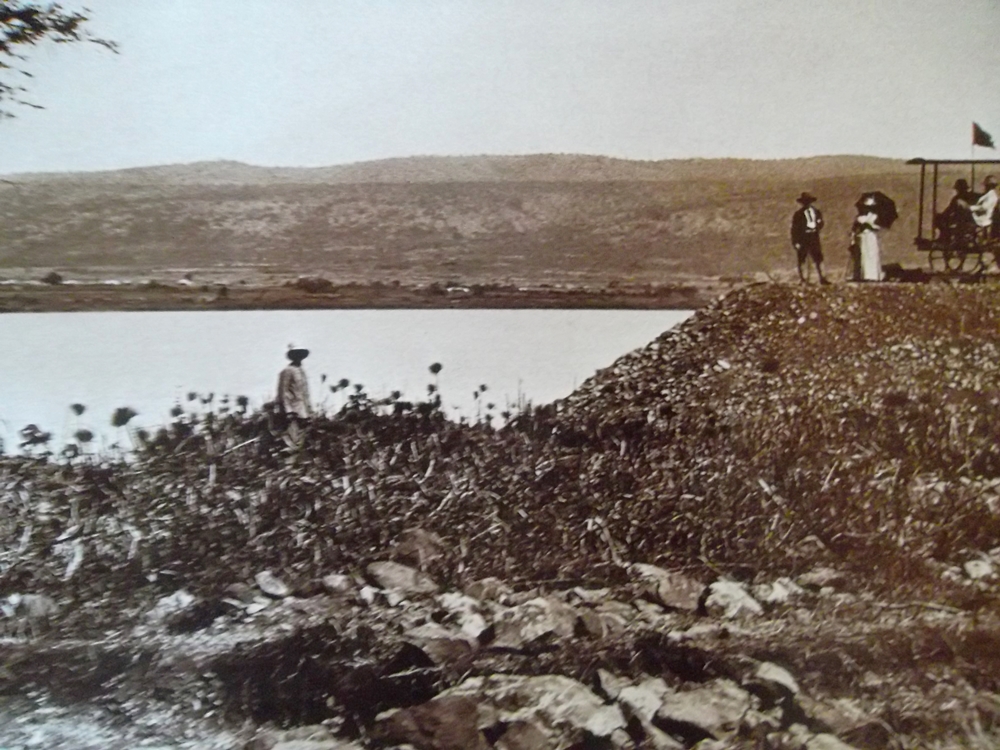
The Journey of the Lunatic Express…
Apart from ‘ The Lunatic Express‘ , the railway has also been referred to as ‘ The Permanent Way ‘ or ‘ The Iron Snake‘
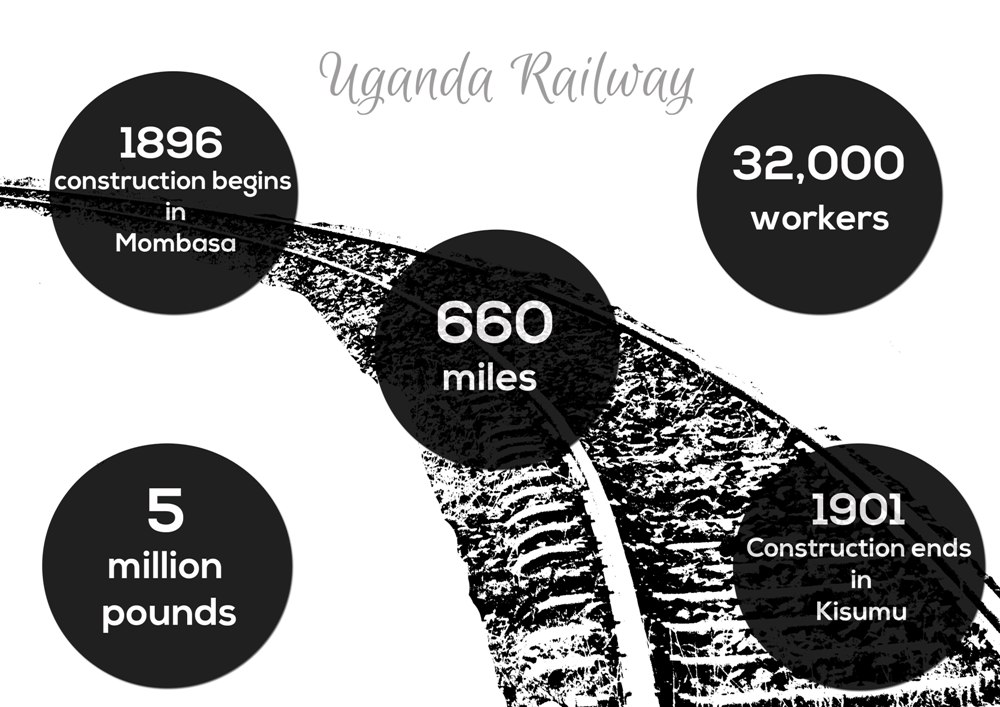
After much pain and misery, the railway‘s journey was finally over ..The total cost of building the railway amounted to approximately 5,502,592 pounds (est 9,422 pounds per mile) . A burden that was heavily inflicted upon the British Tax payer . Approximately 2500 men died as a direct result of the construction of the railway, mainly from tropical fever and diseases .
On February 3rd 1926, the name of the railway was changed from ‘ The Uganda Railway‘ to ‘ The Kenya – Uganda railway ‘.
However, to define the railway only by its misfortunes , would be to do a great injustice to this astounding monument of steel that would go on to form the foundation of an entire country. Urbanization in Kenya begun with the railway and for a long time it formed the Socio-Economic backbone of the entire East African Region.
For the next 100 years and more the railway would serve several generations of men. It would draw people towards it; it would watch cities grow around it. But above all else, it would remain a testimony to human grandeur. And remain living proof that once men have set their minds to anything, no obstacle is too huge to overcome. Anything is possible.


